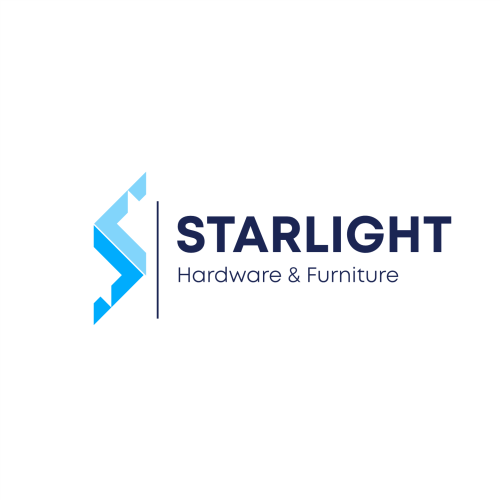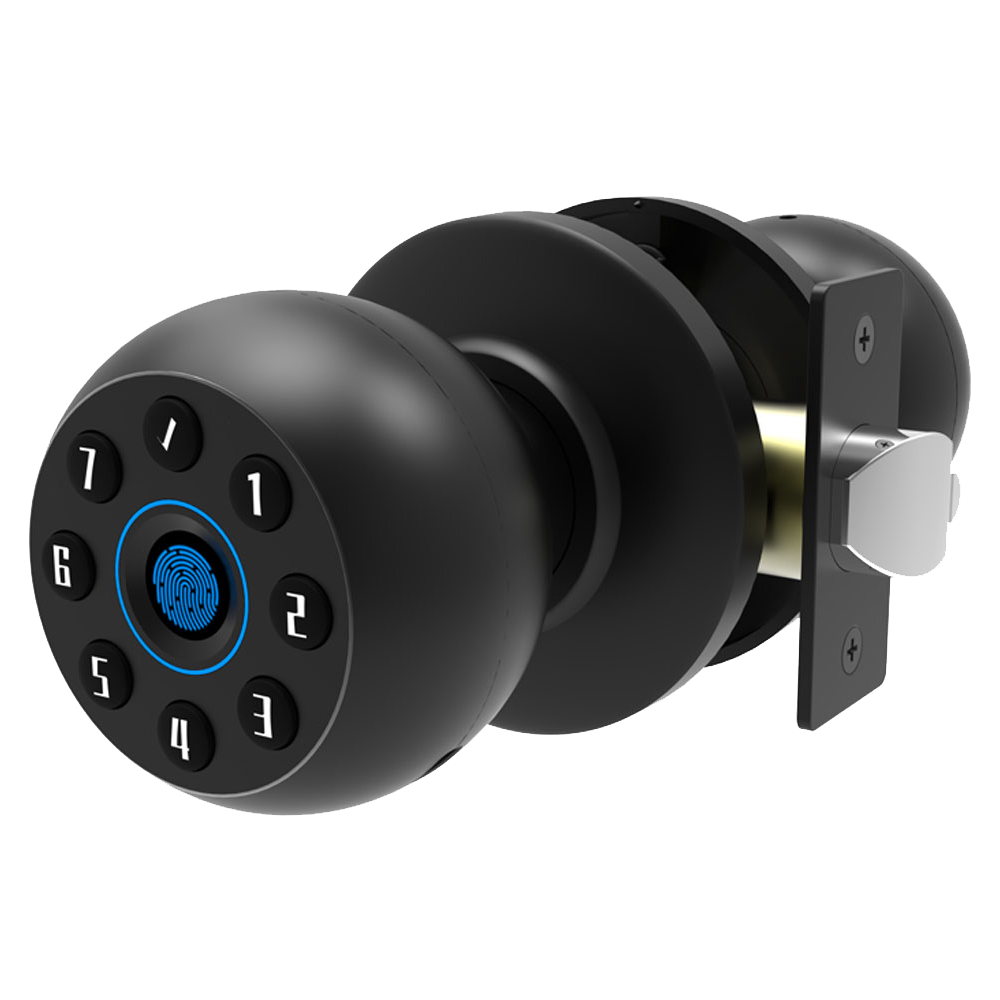Ever had that nagging worry that hiding a spare key under your welcome mat is basically an open invite? It’s like leaving your front door wide open for anyone.
Electronic door locks swap your old deadbolt for a smooth metal faceplate and a soft LED glow. They feel sleek under your hand. They look sharp on any door.
You get keyless entry, tamper alarms (built-in alerts against forced entry), and an audit trail (a record of every unlock) right in your app. Want to know a secret? That log shows you who came in and when.
But not all smart locks are made the same.
In this guide you’ll find 10 top locks that pair rock-solid security with easy setup and everyday convenience. We picked these for their reliability and simple features.
Electronic Door Locks Overview: Types, Benefits, and Use Cases
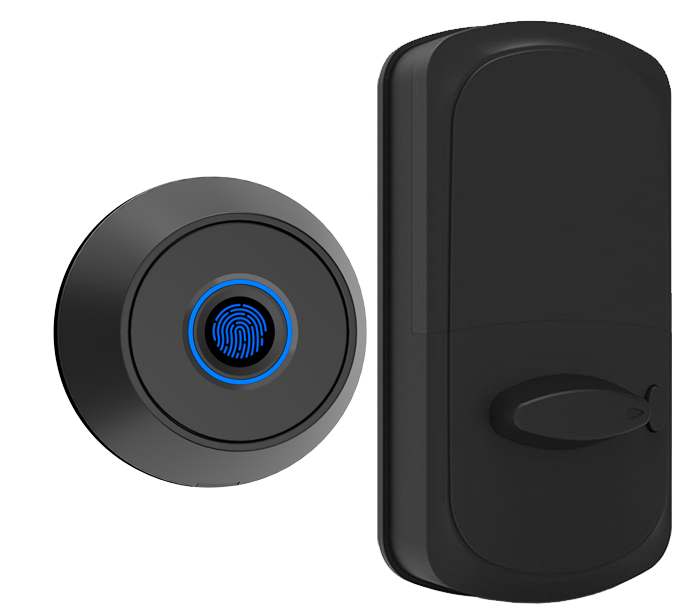
Electronic door locks replace your old deadbolts and levers with a smooth metal faceplate and a soft LED glow. They pack in tamper alarms (a built-in alert if someone tries to force the lock), keyless convenience, and an audit trail you can peek at in your app. So you’ll know who came and went, down to the minute.
Most models slide right into a standard pre-drilled hole. You’ve got three styles: a full deadbolt swap with motorized bolt and keypad, an adapter that motorizes your interior thumb turn so you keep the original hardware, or a doorknob and lever handle swap that trades out the whole mechanism. Installation takes about 10 to 25 minutes with nothing more than a Phillips screwdriver and your smartphone.
Quick install. Solid performance.
Unlocking is a breeze. Use a PIN code, tap your phone app, or press your finger on a biometric fingerprint sensor (a reader that checks your unique fingertip pattern). Some use geofencing auto-unlock. Think of it like your phone giving the lock a nudge as you walk up.
Battery life runs six months on AA cells. And if you ever run dry, there’s an emergency power port and a good old physical keyway for backup. Modern versions link up with your security system via Wi-Fi or Bluetooth, all wrapped in secure encryption.
We partner with smart lock manufacturer China to bring you hardware that’s CE certified and rigorously tested. We’ve tried these locks in sandy deserts and snowy peaks to make sure they hold up.
Electronic door locks shine in many settings:
- Families use custom codes instead of hiding spare keys.
- Commercial offices get remote locking and audit trails for after-hours peace of mind.
- Hotels and vacation rentals let hosts issue temporary codes and track check-ins.
- Gyms, clinics, and coworking spaces manage dozens of users with ease.
Comparing Electronic Door Lock Types: Keypad, Biometric, and App-Controlled
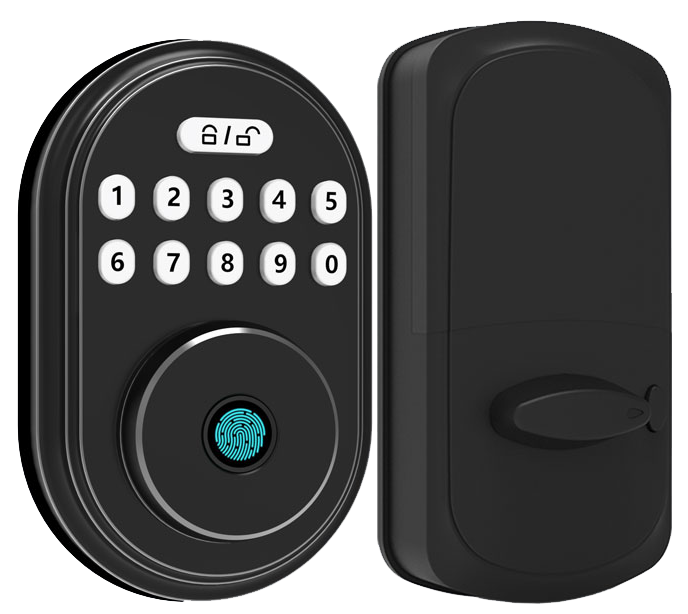
Electronic locks break into three types. Keypad locks ask you to punch in a code. Biometric locks read your fingerprint (a reader that scans your unique fingertip ridges). App-controlled locks sync with your phone over Wi-Fi or Bluetooth for remote access.
Keypad Door Locks
A keypad lock slides right into your door’s existing holes in minutes. You press the smooth buttons and see a soft LED glow behind each number. The Schlage Encode model even hides your code with random digits (anti-peep entry) and has an alarm that buzzes if someone tries to tamper with it. Installing it feels like screwing in a deadbolt. Solid.
Biometric Door Locks
Biometric locks swap out buttons for a metal faceplate and a fingerprint sensor. Models like Ultraloq U-Bolt Pro and Aqara U100 work fast and almost silently, a quiet click tells you it’s unlocked. You do need a hub for remote control on some of these. They’re perfect if you hate digging for keys when your hands are full.
App-Controlled Smart Locks
App-controlled locks let you tap your phone to lock or unlock from anywhere. Think of pairing like linking your headphones to your phone. The Schlage Encode Smart Wi-Fi Lever and Yale Access add DoorSense sensors so you know if your door is ajar. They play nice with Alexa or Google Assistant for voice control.
Pick the style that fits your life. Keypad locks make sharing codes a breeze. Biometric locks give you one-touch entry. App-controlled locks let you welcome guests from miles away. Whichever you choose, you get easy install, sturdy security, and peace of mind.
Security Standards for Electronic Door Locks: ANSI Grades and Encryption
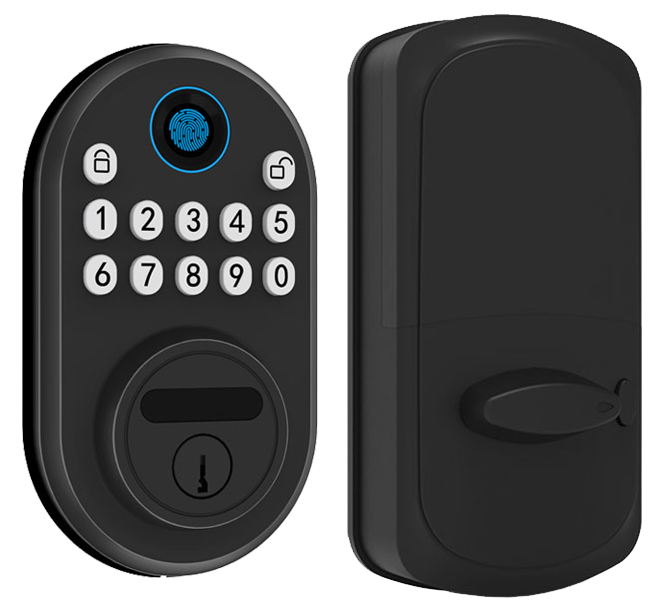
We use ANSI (American National Standards Institute) grades to measure lock strength.
Grade 1 gear has a smooth, 1-inch steel bolt that can take ten 75-pound hits and a million open and close cycles.
Grade 2 steps down to a 0.625-inch bolt for everyday home use.
Grade 3 is the basic level you see on most house doors.
And digital safeguards make your lock even smarter.
Encryption (scrambling data so only you can read it) stores your access codes in a secure cloud vault.
Two-factor authentication (a PIN or biometric fingerprint sensor (a reader that checks your unique fingertip pattern)) adds extra security via your phone app.
Tamper alarms send you a quick alert if someone picks or jostles the lock.
Want to know a secret?
There’s a physical key slot for when batteries die.
And some models even carry a UL certification (proof of rigorous safety testing).
| Standard | Specification |
|---|---|
| Grade 1 | 1-inch steel bolt, ten 75-pound strikes, 1 million cycles |
| Grade 2 | 0.625-inch bolt, everyday residential strength |
| Grade 3 | Basic residential bolt, light use |
Starlight Smart Locks meet ANSI Grade 1 standards and arrive with a UL certified smart lock badge.
You get a true tamper-resistant lock with a hardened steel bolt and a reinforced strike plate.
Plus, encrypted communications and optional two-factor authentication give you peace of mind.
Solid.
Exactly what you need at your front door.
Installation and Setup of Electronic Door Locks

Tools you’ll need:
- Phillips screwdriver
- New latch (the metal bar that holds the door closed) and faceplate (the metal frame around the latch)
- AA batteries
- Level (tool for checking flat surfaces)
- Smartphone
Most installations only take 10 to 25 minutes. You’ll feel like a pro swapping in a smart lock deadbolt or slip-on retrofit kit (a gadget that fits over your existing lock) with no extra drilling on models like the Yale Approach.
Start by removing your old deadbolt or lever. Unscrew the mounting screws and pull out the interior assembly. Slide in the new latch and faceplate. Tighten the screws until the smooth metal faceplate sits flush against the door.
Next, snap in the restraining clips (tiny plastic guards) on models like the Schlage Encode. Feed the cables through the door and clip them into the built-in cable channels. Want to know a secret? Tidy cables feel like tucking in a cozy blanket around your wiring.
Now attach the exterior keypad and mount the interior module. Connect it to the lock’s wireless hub and follow the app prompts to pair via Bluetooth (short-range wireless link) or Wi‐Fi. Insert the batteries, watch the soft LED glow, update the firmware, and then run the final calibration by locking and unlocking a few times. Solid.
Proper door alignment prevents jams and misfires. Before you tighten the last screws, close the door and watch the latch meet the strike plate (the metal plate with a hole for the latch). Adjust the plate up or down so the bolt slides in with a reassuring click. Zip tie or use factory clips to keep cables away from hinge friction. On mortise doors, swap in a larger strike plate to match the deeper latch.
Back to our locks… Starlight Hardware’s 20-year expertise shows up in every step. Their CE certified (meets strict safety standards) products earn rave reviews. Their detailed guides walk you through app setup and emergency power port troubleshooting. And if you hit a snag, their responsive support team is just a message away. Installation? A breeze.
Price Ranges and Cost Comparison of Electronic Door Locks
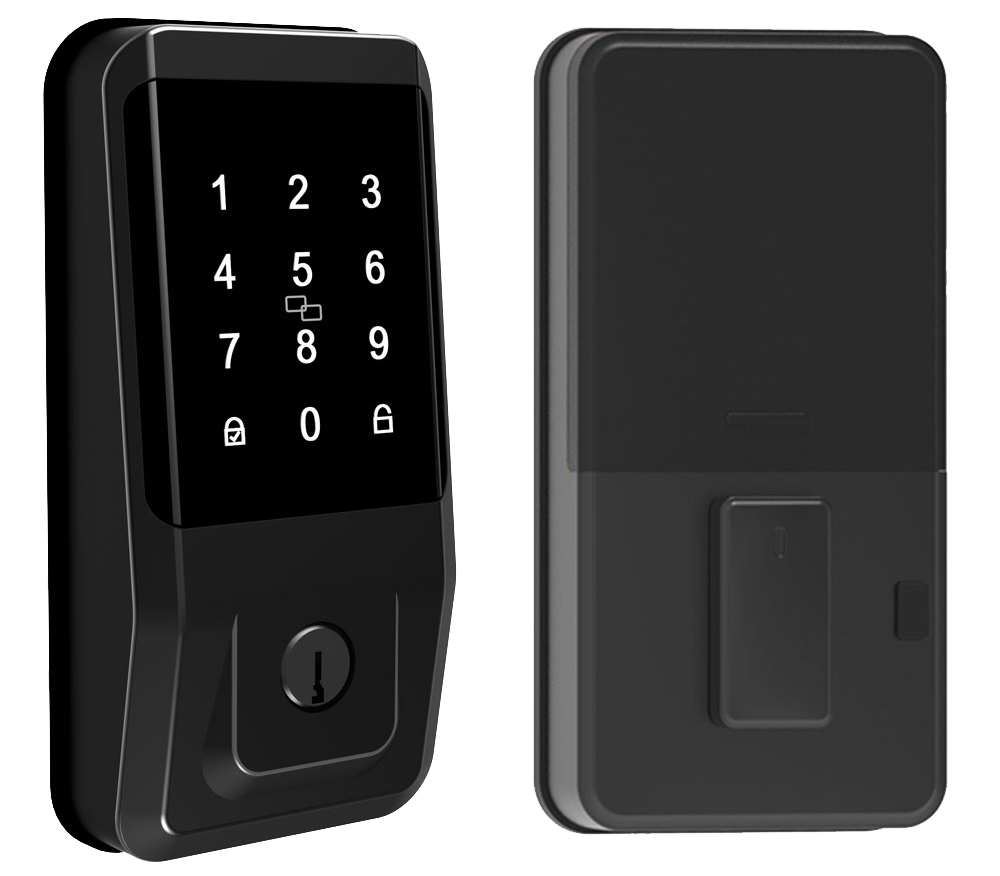
Entry-level keypad locks start at about $100. They have a smooth metal faceplate and a crisp PIN-pad press. You’ll power them with AA batteries and still keep a key as backup. No frills. Just security you can trust.
Then you move up to $150–$200. Mid-tier models from Schlage and Yale add built-in Wi-Fi and voice control. You tap an icon that glows softly, like staring at a smartphone screen. It’s fun and saves you a trip to the door.
Retrofit options like the August smart lock and Kwikset electronic locks run $130–$150. Think of them as easy upgrades (they clamp onto your existing deadbolt). And the Eufy smart door lock starts near $140, blending in with your door’s metal hardware.
| Category | Price Range | Key Features |
|---|---|---|
| Basic Keypad | $100 | PIN access, AA batteries, key backup |
| Mid-Range Wi-Fi | $150–$200 | App control, voice assistant, DoorSense |
| Premium Biometric | $200–$330 | Fingerprint sensor (a reader that checks your unique fingertip pattern), advanced encryption |
| Starlight Smart Locks | $180–$250 | ANSI Grade 1, built-in Wi-Fi, fingerprint & keypad |
Spending a bit more up front often pays off over time. A mid-range Wi-Fi lock cuts service callouts, you can grant or revoke access remotely (no more hiding a spare key under the mat!). Premium biometric models reduce key duplication costs and improve everyday convenience. Solid.
Our Starlight Smart Locks sit between $180 and $250. They’re ANSI Grade 1 (the highest security standard) and offer built-in Wi-Fi, plus both fingerprint and keypad options. We’ve tested them in sandy deserts and snowy peaks, so they’ll keep working no matter what. You’ll spend less on maintenance and your insurance company might give you a break.
Over 10,000 locks installed worldwide.
Ultimately, picking a lock that blends durability and features gives you the best return on investment.
Integration and Remote Access Features of Electronic Door Locks
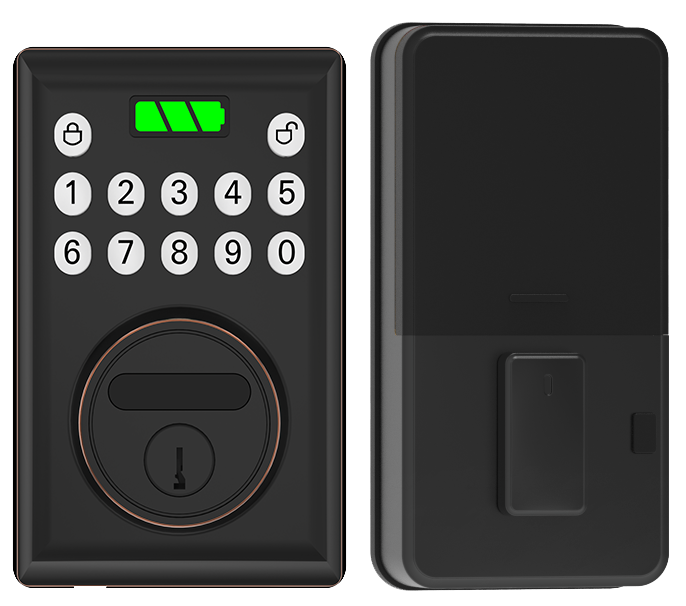
Remote control at your fingertips. Modern home locks use wireless tech to keep you in charge. Whether you’re on the couch or across the globe, the smooth metal faceplate and soft LED glow let you know your door is locked or unlocked.
Wireless Protocols
Hmm, Bluetooth door locks work like pairing your earbuds, tap a button in the app and hear that reassuring click. Their reach is about 30 feet, perfect for when you’re in the backyard.
WiFi door locks hook right into your home network, so you can secure or open doors from anywhere, no extra hub needed. Z-Wave and Zigbee models weave a mesh network (a web of linked devices) that boosts range and reliability. Solid.
Matter smart locks are like a universal translator, so all your gadgets speak the same secure language.
Platform Integration
You can ask Amazon Alexa to check the front door or tell Google Assistant to lock up. Apple HomeKit users tap their Apple Watch to secure the house. Samsung SmartThings fans build custom scenes, locks click at bedtime or lights switch on when someone arrives. It’s like having a friendly butler on your phone.
Security Best Practices
A remote control app is only as safe as your network. Pick a strong WiFi password and hide your SSID (that’s the name of your network). Update firmware when the lock’s app nudges you, those small patches seal tiny holes before they grow. Turn on multi-factor authentication so your PIN code isn’t the only thing keeping intruders out. Check activity logs in the app now and then to spot any strange entries.
Starlight’s app ties it all together. It supports Bluetooth, WiFi, Z-Wave, and Zigbee, plus Matter soon. You get real-time activity logs, geofencing auto-lock (locks when you drive away), and end-to-end encryption in one clean interface. Control your door from anywhere and sleep easy.
Choosing the Best Electronic Door Locks: Why Starlight Smart Locks Stand Out
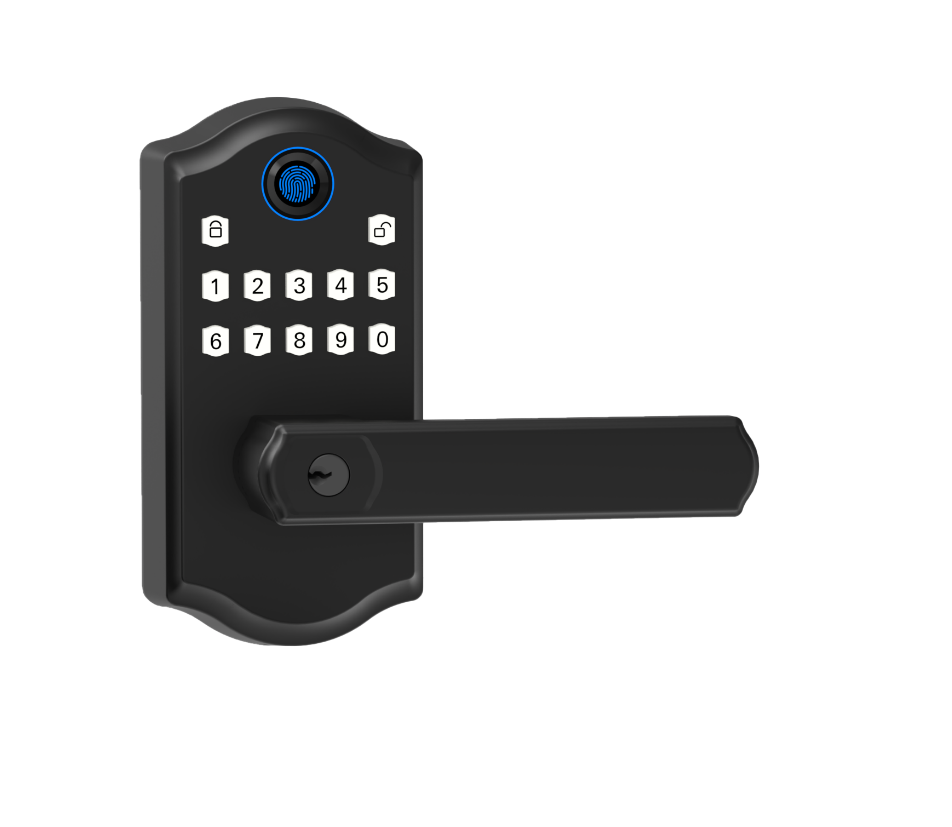
Starlight Smart Locks pair heavy-duty ANSI Grade 1 hardware with CE-certified export manufacturing. The smooth metal faceplate feels solid and won’t rust thanks to a special coating (salt-spray test approved). It seals tight against wind and rain (IP65 weatherproof rating).
And we’re serious about testing. We drop each prototype from about 5 feet (1.5 meters). Then we open it up and inspect every moving part. No surprises.
But the magic happens inside. You get a biometric fingerprint sensor (a reader that checks your unique fingertip pattern), a backlit keypad with a soft LED glow, and built-in Wi-Fi that pairs with Alexa or Google Assistant. Every press gives you a reassuring click.
Our batteries last six months on a single charge. And we send a low-battery alert so you’re never caught off guard.
| Feature | Result |
|---|---|
| Salt-spray test | 4,000 hours with no rust |
| Drop test | Survived 5-foot drop with no damage |
| Weatherproof rating | IP65 (dust tight, water-jet resistant) |
Use cases:
- Heavy-duty garage doors
- Sliding-door entries
- RV doors
Final Words
Right in the thick of it, we dove into the world of electronic door locks and outlined their core types, from full deadbolt replacements to smart app control. We put keypad, biometric, and app-based options under the microscope and checked their ANSI grades and encryption.
We walked you through quick installs, cost breakdowns, remote features, and even why Starlight Smart Locks stand out. It’s been a lot, but now you’ve got clear next steps.
Ready to upgrade? With electronic door locks from Starlight, you’ll tighten security, speed up guest check-ins, and sleep better.
FAQ
What is the difference between a smart lock and an electronic lock?
Smart locks connect to apps and voice assistants for remote control, while basic electronic locks only use PINs or keycards without internet features.
What happens to an electronic door lock if power goes out?
When power goes out an electronic door lock switches to battery backup. Most models use AA cells for six months of use. You can also plug into an emergency power port or use a physical key override.
What are the disadvantages of using electronic locks?
The disadvantages include battery failure, potential hacking risks if not updated, and occasional mechanical jams. Physical key backups and tamper alarms help maintain secure entry.
What are the best electronic door locks?
The best electronic door locks combine ANSI Grade 1 hardware, auto-lock mode, touchscreen keypads, and app control. Top picks include Schlage Encode, Yale Assure, Ultraloq U-Bolt, and Starlight Smart Locks.
What are the best keyless entry door locks with handles?
Look for models with integrated PIN pads, smooth metal faceplates, and durable levers. Recommended locks include the Schlage Encode Lever, Yale Assure Lock with Handle, and Starlight Smart Handle.
What options exist for keyless entry door locks with cameras, apps, or Bluetooth?
You can get locks with built-in cameras, app integration, or Bluetooth. Popular choices include August Wi-Fi camera locks, Level Lock+ Bluetooth models, and Starlight Smart Locks with app control.
Can electronic door locks work with physical keys?
Yes. Many electronic locks include a backup key cylinder or smooth metal keyway so you can use a physical key if the batteries die.
What should I consider when choosing electronic locks for home vs commercial use?
For homes, a simple PIN pad and basic audit logs may suffice. Commercial settings often need higher ANSI grades, larger user capacity, detailed audit trails, and two-factor authentication.
What features do Schlage electronic door locks offer?
Schlage locks offer sleek touchscreen keypads, built-in alarms, auto-lock mode, and compatibility with Alexa or Google Assistant. They install in minutes and link to your home Wi-Fi.
